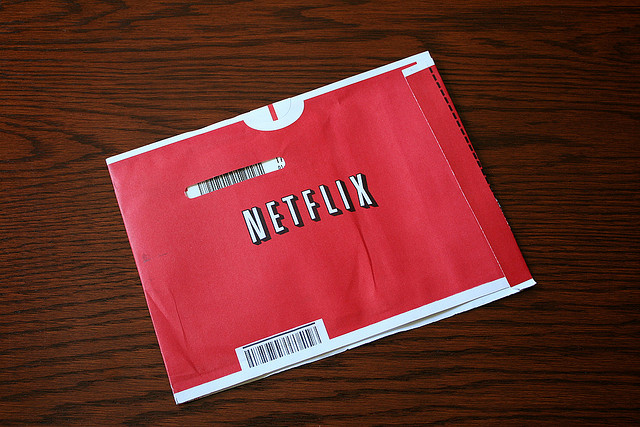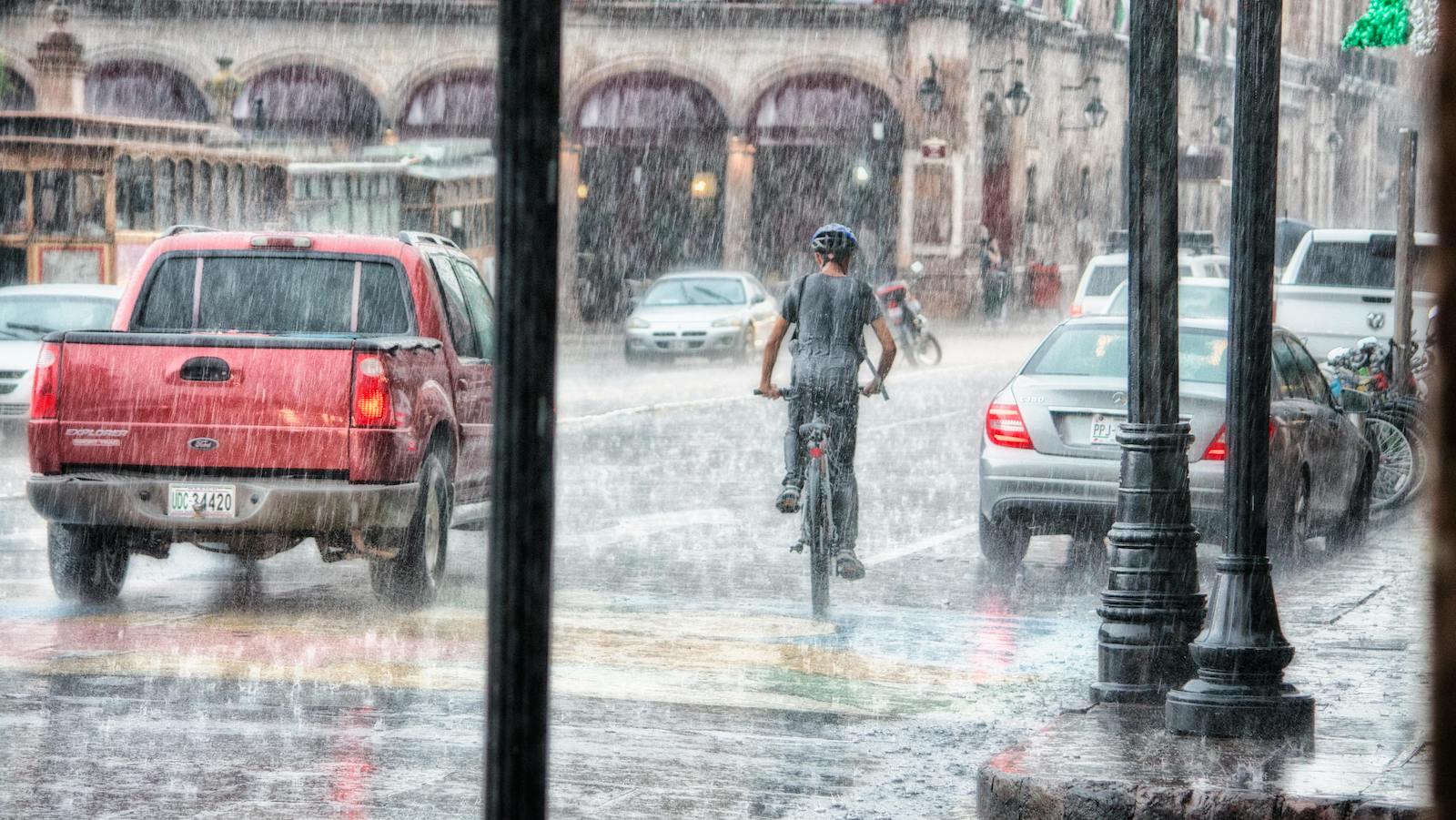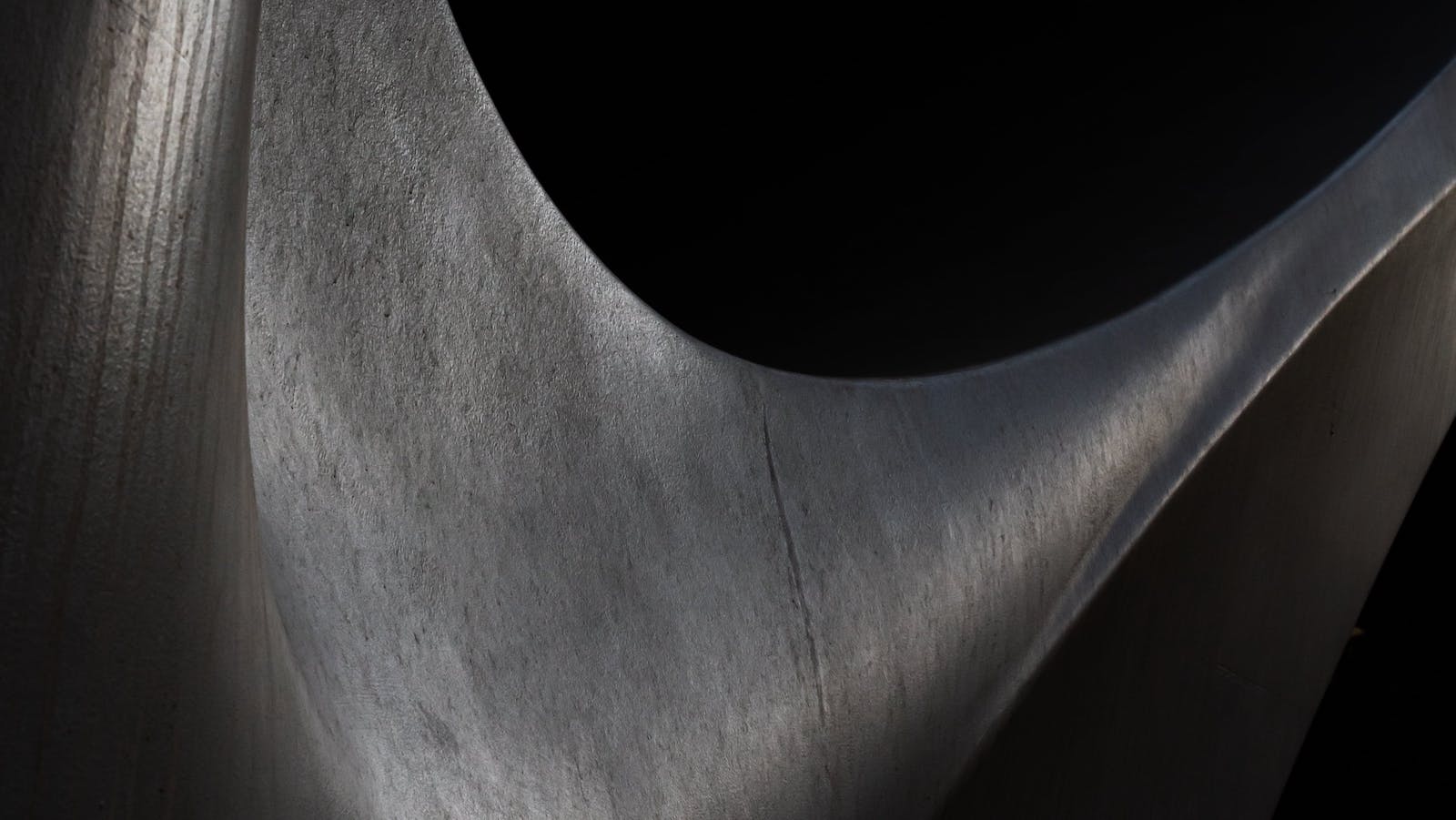What if home insurers emulated Netflix and shared inspection reports rather than keep investing in new ones?
One of the biggest challenges faced by the U.S. homeowners insurance industry are the losses driven by hazardous conditions or poor maintenance. Field inspections help carriers learn more about the many unknowns about a structure and a property before they underwrite the risk. But the inspection report, which costs between $30 and $100, then gets archived and is never touched again. If the homeowner moves to a new carrier, it either has to conduct a new inspection or underwrite the risk without having all the required information.
This scenario got me thinking about applying a "Netflix approach" to home inspections. You can buy movies that you want to watch, or, under the Netflix approach, you can, in essence, share the initial investment by renting them from Netflix. With a centralized investment, you gain a higher level of value than your individual investment would provide.
Here are a couple of questions to consider:
- A significant percentage of most U.S. homeowners insurance carriers’ books never get inspected because of limited budgets and underwriting resource constraints. Is there a cheaper and more effective way to learn more about the true condition of every property risk that is being underwritten?
- Should the industry continue to look at inspection dollars as an expense and continue to operate in silos? Or would it be possible to monetize a carrier’s historical investment in its inspection program for the greater good?
The Inspection Data Exchange Network
Those two questions provide a compelling reason for U.S. homeowners carriers to come together and consider an Inspection Data Exchange Network.
In an imaginary world, this central data exchange platform would allow carriers to share address-specific historical inspection reports with participating carriers for underwriting purposes. In a majority of risks, the condition hazard profile of a given address is unlikely to change drastically within 12 to 18 months from the date of the original inspection. Depending on a carrier’s risk tolerance and inspection budget, the carrier could either order a new report or decide to use historical inspections.
The carrier that would rent the historical inspection report would pay a fraction of the full price back to the carrier that contributed the original report. Proper measures would need to be implemented to ensure everyone gains appropriately from participating in the network and to avoid scenarios where a small group of participants subsidize the inspection investment for others. This Inspection Data Exchange Platform should ensure the "content creators/artists" -- in this case, the inspection vendors -- also benefit from this solution.
Even carriers that order inspections based on predictive model-based solutions should be able to benefit from the reduced spending by renting a section of the inspection reports from the network.
Imagine the benefit of monetizing something that was considered a sunk cost, while having the ability to get valuable insight on the true condition of all the policies on your book? Every $7,000 condition hazard-related claim that can be avoided goes straight to the carrier’s bottom line.
The Inspection Data Exchange Network could be an additional lever that can help drive profitability in the homeowners line of business. Are we ready as an industry to do this?






